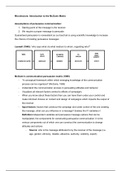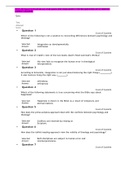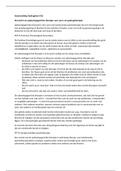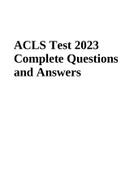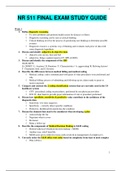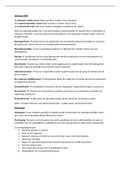College aantekeningen
Persuasive Communication Exam Study Guide
- Instelling
- Universiteit Van Amsterdam (UvA)
All the necessary information for the exam in 2020/2021 (not too much and not too little). - All I needed to do well on my exam (9/10)
[Meer zien]
